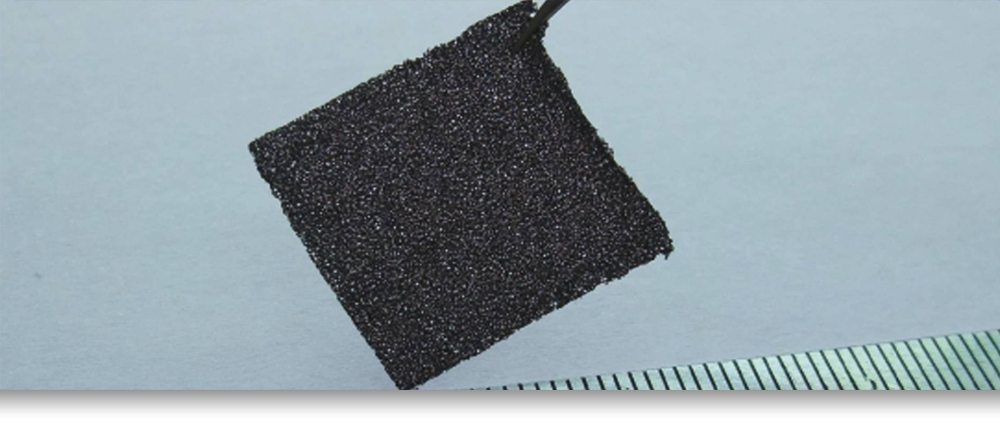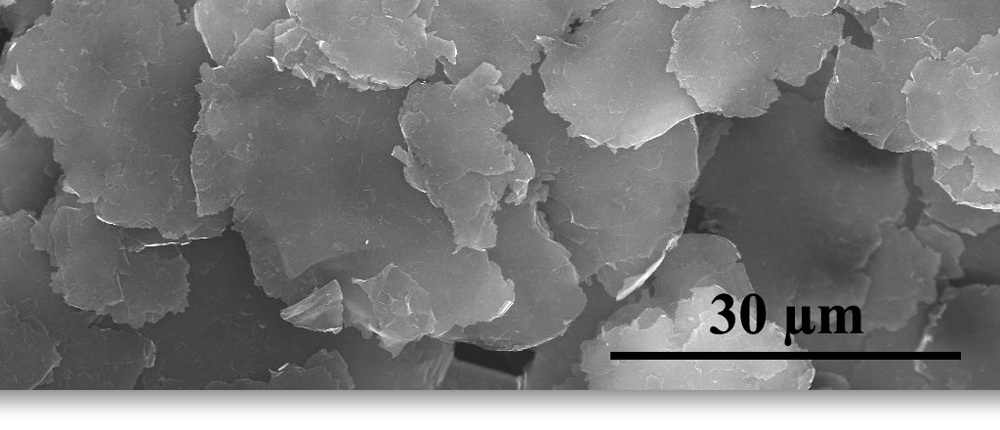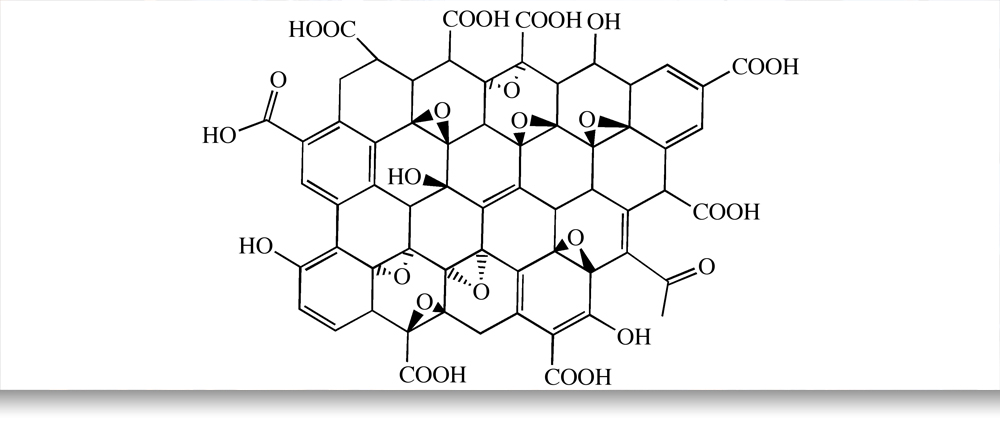Like diamond and graphite, graphene is a substance that is 100% carbon. In fact, similar to graphite, which is used as “lead” in pencils, its carbon atoms are arranged in a regular honeycomb crystal lattice. Graphene differs from graphite in that its hexagonal pattern is only one atom thick, making it a two dimensional material.
Graphene has been described as the “wonder material” of the 21st Century. It has been claimed as the strongest material known to man, an improvement over and eventual replacement for silicon and the most conductive material ever measured at room temperature. It is an incredibly adaptable and highly flexible material with a huge number of technological applications, the vast majority of which have yet to be imagined.
Being only one atom thick, graphene is extremely light and has some truly remarkable properties. Graphene is harder than diamond, over 250 times stronger than steel, more flexible than rubber and is a much better conductor than copper. Graphene has the ability to revolutionize not just one, but many industries, with electronics, medicine, aerospace and energy sectors leading the research.
The real key to graphene’s potential is that it is not just one substance, but a huge range of potential materials. The potential for composite materials, often with other newly discovered 2-D materials such as silicene (a 2-D silicon lattice), suggests that rather than thinking of graphene as a single material, it should be thought of as a material class, similar to plastics.
An indication of the potential commercial applications for graphene is reflected in the number of patents being registered involving this wonder substance. Since its discovery in 2004 at the University of Manchester, more than 7,000 patents have been registered on graphene. Chinese companies lead the way with over 2,000 patents, while Samsung holds over 400 patents on its own.



